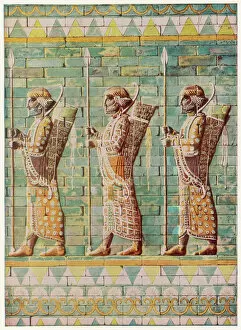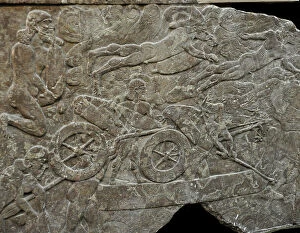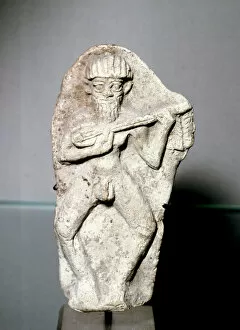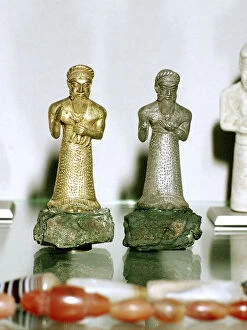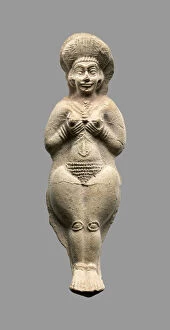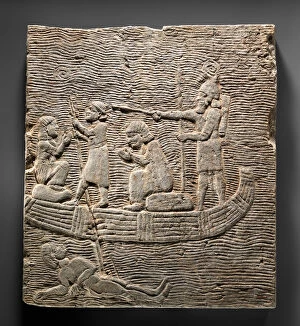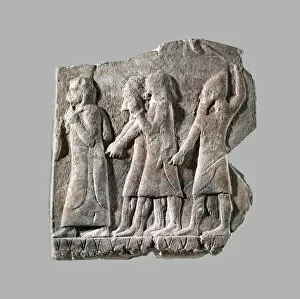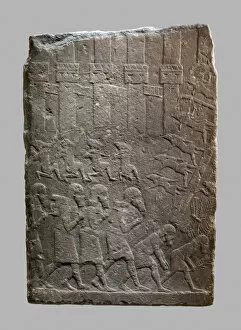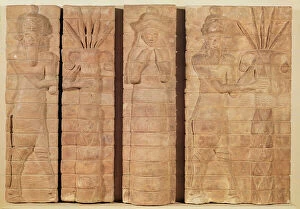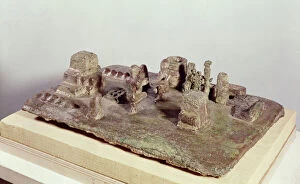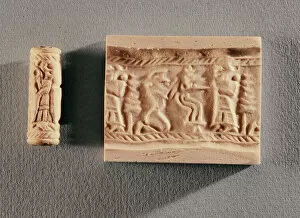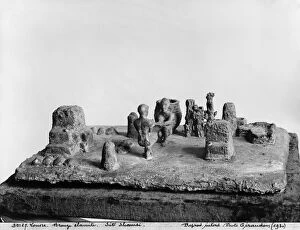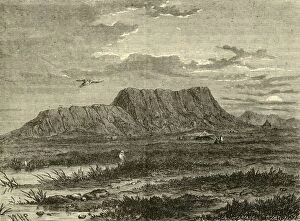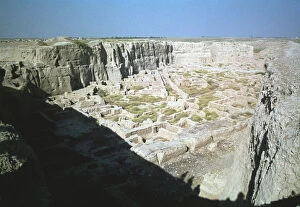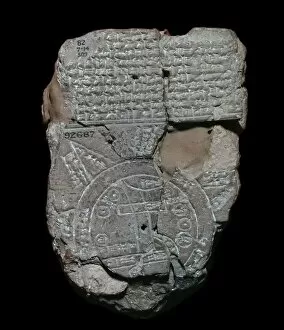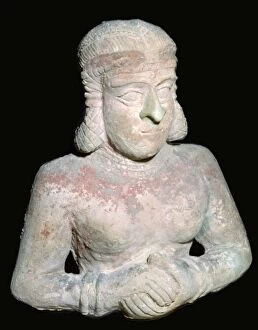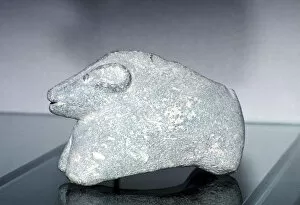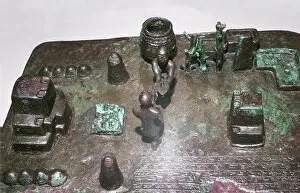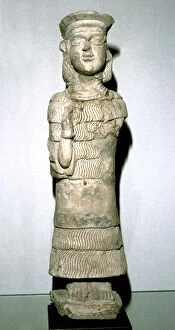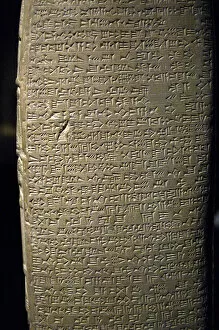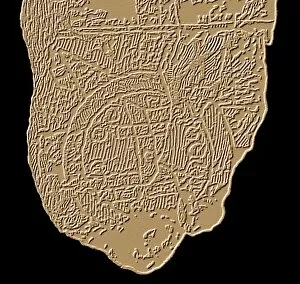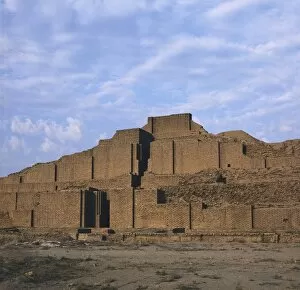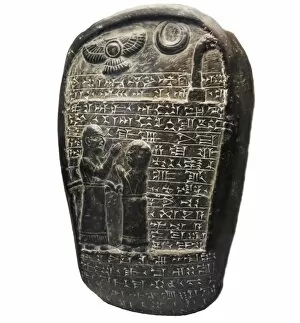Elam Collection
Elam, a fascinating ancient civilization, flourished in what is now modern-day Iran from 1500 to 1100 BC
For sale as Licensed Images
Choose your image, Select your licence and Download the media
Elam, a fascinating ancient civilization, flourished in what is now modern-day Iran from 1500 to 1100 BC. Known for their skilled Persian archers, the Elamites were a formidable force in the region. The Middle Elamite period saw remarkable artistic achievements. A terracotta figurine of a male musician from Susa showcases their mastery of sculpting and attention to detail. This intricate piece provides insight into the musical traditions that thrived during this time. Another remarkable artifact is the terracotta statue of the goddess Astarte (Ishtar). Revered by the Elamites, this sculpture reflects their religious beliefs and devotion to deities. The craftsmanship displayed here highlights their skillful use of clay as an artistic medium. Gold and silver figurines discovered near the Temple of Inshushinak offer a glimpse into Elamite worship practices. These delicate statues depict worshippers engaged in prayer or ritualistic activities, emphasizing the importance placed on spirituality within their society. The influence of neighboring Mesopotamia can be seen through artifacts such as the Kudurru (stele) of Shitti-Marduk. This stone monument reveals connections between Elam and its powerful neighbors, showcasing political alliances and cultural exchanges during this era. One particularly captivating aspect of Elam's history is its royal tombs. The Royal Tomb photo captures both grandeur and mystery surrounding these burial sites. These tombs provide valuable insights into elite customs and funerary practices prevalent among rulers at that time. Gender roles are also evident in surviving artworks like a ceramic female figure from Middle Elamite period. This representation sheds light on societal norms regarding women's status and appearance during this era. Elaborate reliefs depicting Assyrian soldiers conducting captives across water reveal conflicts between neighboring empires during periods when power dynamics shifted frequently throughout ancient Mesopotamia.

